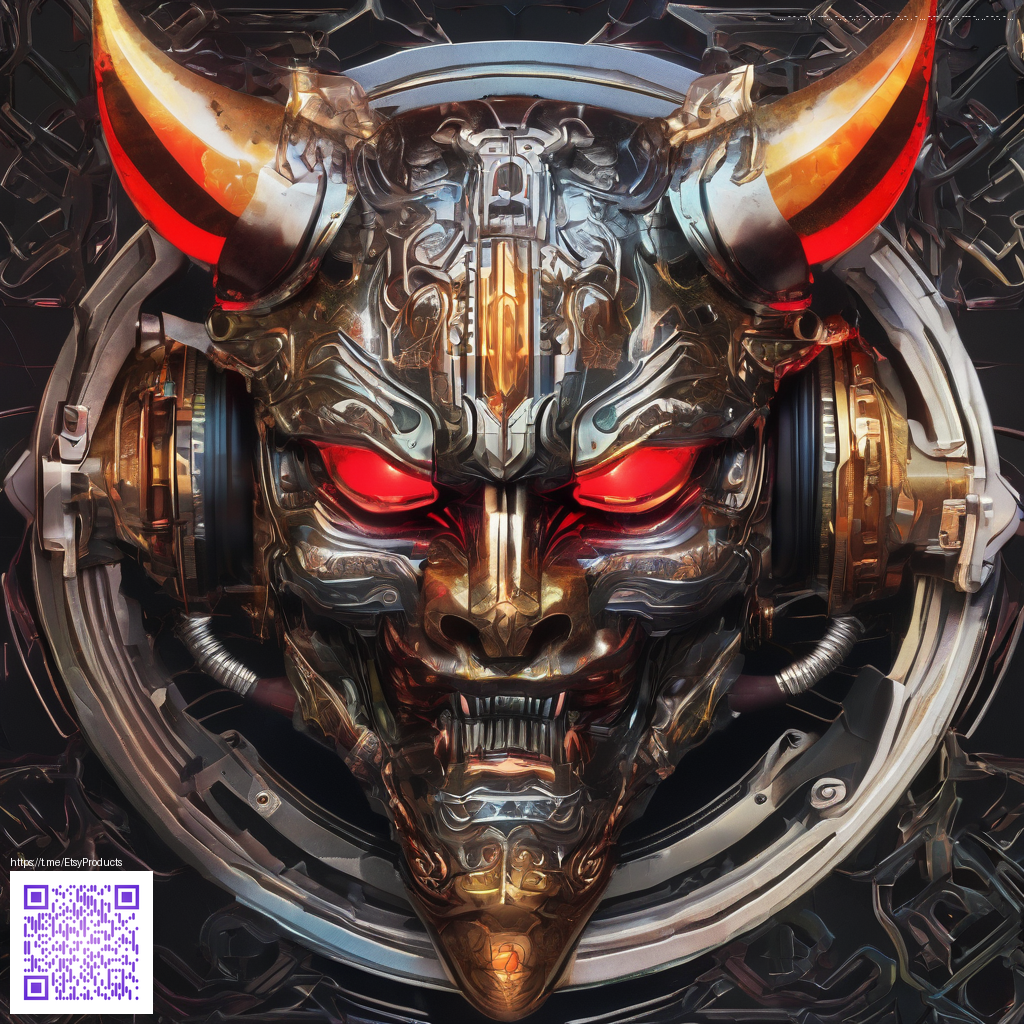
Capcom’s Arcade Fighting Dominance: How a Creator of Classics Shaped a Genre
Capcom’s impact on arcade fighting games goes beyond high scores and flashy finishes. It’s a story of design philosophy, timing, and a community that turned living rooms and arcade cabinets into shared stages. When Street Fighter II burst onto the scene, the genre didn’t just gain a new hero; it gained a template for how fighting games could teach players through accessible mechanics and deep, rewarding systems. The arcades where players gathered weren’t just places to play; they were hubs of culture, strategy, and competition that helped Capcom set the tone for an entire era.
Design Philosophy: Accessibility Meets Depth
Capcom’s approach walked a fine line between approachable controls and layers of strategic depth. Inputs were intuitive enough for newcomers to enjoy immediate clash moments, yet the system rewarded practice and mastery. Special moves, chain combos, and character aligns were carefully tuned so that players could learn quickly but push into increasingly intricate playstyles. This balance created a broad audience—casual gamers could enjoy the spectacle, while tournament-caliber players could extract meaningful advantage from timing, spacing, and character knowledge.
- Character variety provided distinct rhythms and risk-reward profiles, inviting players to find identities that matched their playstyle.
- Balanced systems fostered a healthy meta where experimentation paid off and new strategies constantly emerged.
- Arcade pacing emphasized bursts of offense and precise defense, encouraging players to read opponents under pressure.
- Iterative evolution through patches and updates kept the scene vibrant, pushing seasoned players to refine technique while welcoming newcomers with friendly entry points.
“Capcom didn’t just build games; they crafted playgrounds where skill, timing, and nerve could shine under the glow of a neon-lit arcade.”
From Quarter Machines to Esports Arenas
The ripple effects of Capcom’s dominance can be traced through the rise of local gatherings that evolved into global phenomena. Tournaments became stages where the company’s characters—Ryu, Ken, Chun-Li, and their peers—transformed into enduring symbols of strategy and rivalries. Even as hardware shifted—from CRT cabinets to modern displays—the core experience persisted: a test of judgment, execution, and adaptability. This continuity helped inspire contemporary fighting games to emphasize frame data, robust move-lists, and consistent balance across seasons, ensuring new titles could stand shoulder-to-shoulder with vintage favorites.
For fans who savor both the nostalgia and the modern craft, it’s worth noting how those design choices translate into today’s hardware and accessories. A sleek, glossy accessory can echo that clean, no-nonsense aesthetic—the kind of item that’s as comfortable in a gallery of classics as in a pocket of daily life. If you’re looking for a practical way to celebrate the era, this Slim Lexan Phone Case Glossy Ultra-Thin offers durability with a minimalist profile, a nod to the era’s emphasis on clean, purposeful design. You can explore it here: https://shopify.digital-vault.xyz/products/slim-lexan-phone-case-glossy-ultra-thin.
Beyond the cabinets, Capcom’s legacy persists in how developers think about risk, reward, and accessibility. The balance of offense and defense, the prioritization of momentum, and the continuous dialogue with players about what feels fair—all of these threads show up in the modern fighting game landscape. If you’re curious to read more about the broader cultural arc and how these games shaped digital communities, take a look at a related write-up here: https://digital-x-vault.zero-static.xyz/1cc5063b.html.
What remains striking is how the fundamentals endure: precise inputs, responsive feedback, and a design vocabulary that invites both immediate thrill and long-term mastery. Capcom’s early dominance in arcade fighting didn’t just win matches; it defined how players think about interaction, competition, and community.